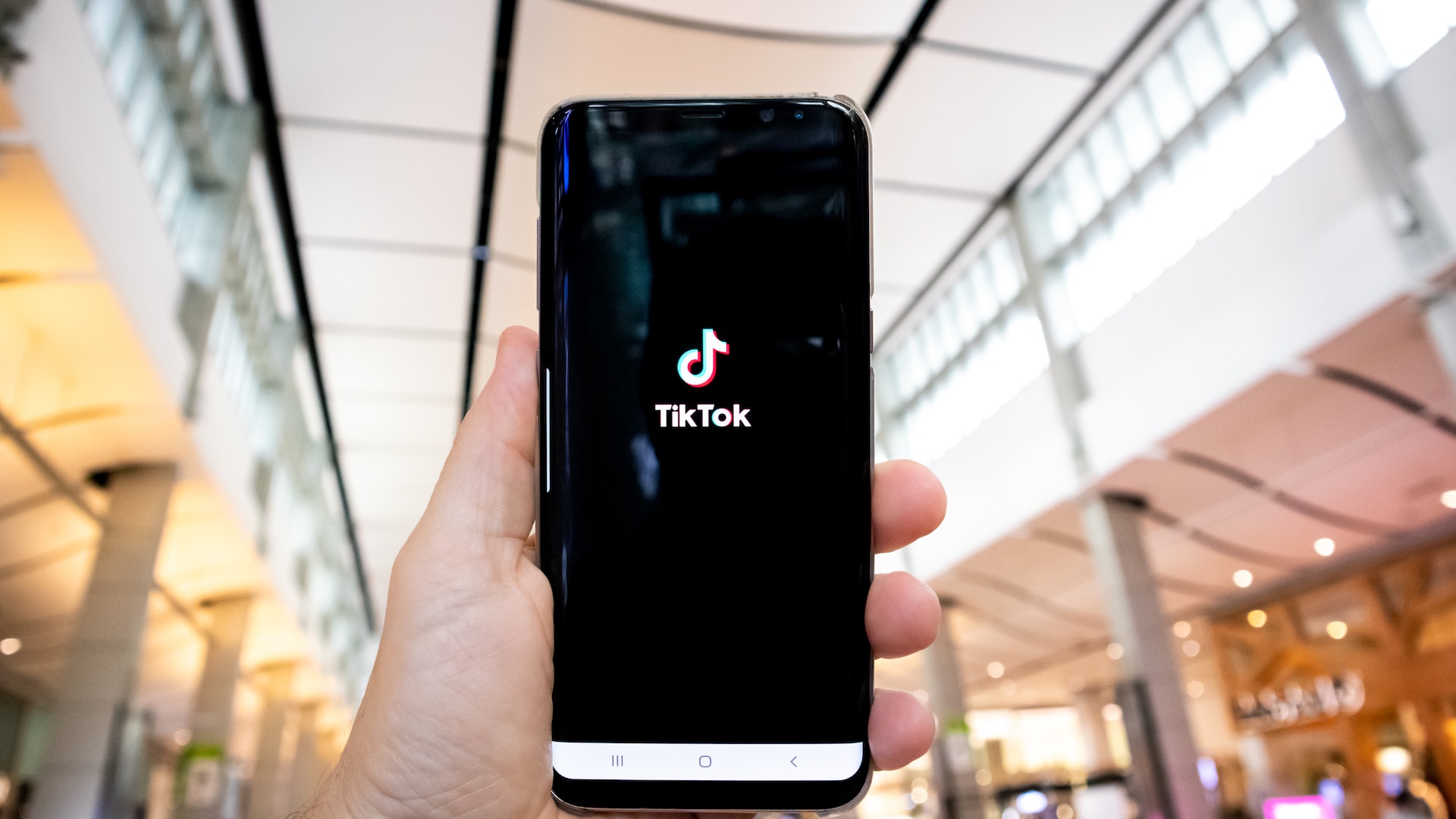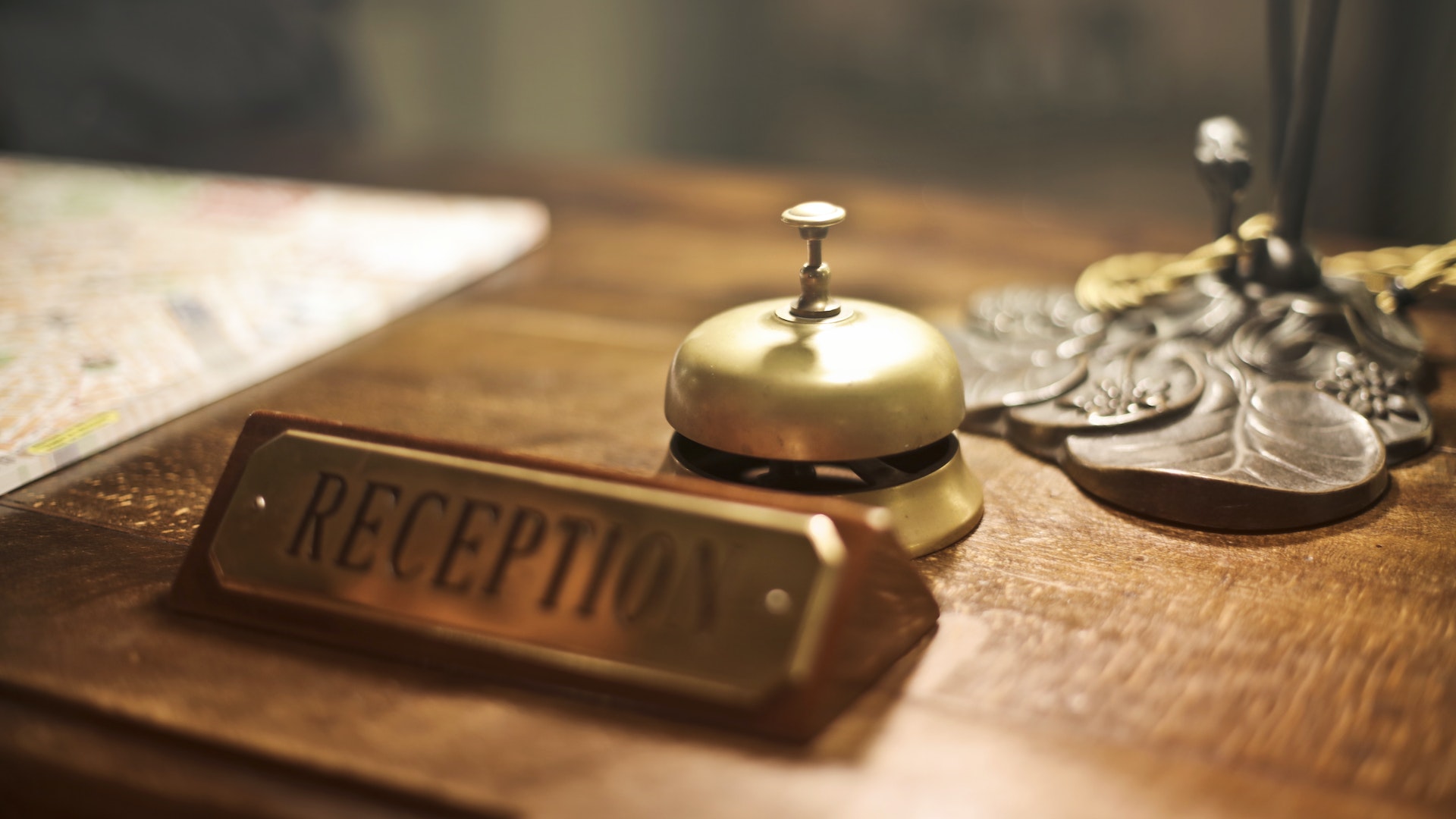
“Here’s the bottom line…” It’s a familiar turn of phrase that is succeeded by the speaker getting to the sum or crux of the issue—the overarching point.
NB: This is an article from HotStats
In running a hotel, getting to the bottom line means getting to what matters: profit. In order to arrive at that point, there are many inputs, both revenue and expense related, which mingle together to produce an outcome. The telling of that dance is recorded in the profit and loss statement (P&L), a signpost that records the story, of which the bottom line is the finale. How to read the story is the first step toward financial success.
Subscribe to our weekly newsletter and stay up to date
The P&L (also known as the income statement) is one of the three main financial statements of a business and a complement to the balance sheet and statement of cash flow.
If you own or operate a hotel or are considering entering the hotel game, reading and understanding the nuances of a P&L are as necessary as making sure your hotel is clean and safe.
It turns out, many are nonplussed by a P&L statement, unable to make heads or tails of it and grasp why it’s a cornerstone of business.
But fear not, like with anything else, all one needs is a little tutelage and practice to become a P&L pro.
Why It Matters
The hotel industry is not unlike any other business: it has revenue, it has expense and at the end of the day, fingers crossed, profit. The P&L statement tracks how business fares on an ongoing basis.
Hotel industry accounting, or the recording of revenue and expense, is governed by what’s called the Uniform System of Accounts for the Lodging Industry (USALI), which was first published in 1926 and is the standard for hotel accounting practices. The primary purpose of the USALI is to standardize operating statements for hotel owners, managers and other stakeholders.
The P&L statement provides the details and analysis of revenue, expense and profitability. It’s used to measure the financial performance of a property as well as the performance of each department, incurred during a specific period of time, typically over a month, a quarter or a full year.
Beyond its main recording function, the P&L is an indispensable tool to improve operational efficiency and meet bottom-line goals. As such, it’s essential to understand and interpret each line item of the statement in order to make informed business decisions.
From the Top
The top part of the income statement is where operating revenue is recorded; it’s where sales from customers are noted. Rooms revenue is the primary source of income in a hotel, but not the only. Revenue per available room—a combination of hotel occupancy and average daily rate—is the data point that tracks the success of room sales.
The next revenue category is food and beverage, which will include income from conference and banqueting, too.
Other income streams in a hotel can include leisure and spa, golf course revenue, parking, laundry or telephone—and they’re listed under the Other Operated Departments.
In addition, some properties might also report miscellaneous income, such as space rental or interest income and other.
No Such Thing as a Free Lunch
The counter to revenue is expense. The yin to the yang. If all a hotel had was revenue then turning a tidy profit would never be an obstacle. The reality, of course, is that it can be expensive to run a hotel. There are multiple costs, from labor to operating supplies, and they all eat into the top line. However, the better one measures and understands cost, the better one can contain them.
The first expenses on the P&L are departmental, also known as distributed expenses. These are grouped and reported under each respective category (ie. Rooms, F&B and Other) and include the cost of sale, labor cost and other expenses required to serve the guests and run each department.
Further breakdown of distributed expenses is often provided in a departmental P&L. Below are a few examples of costs allocated to each revenue center:
- Rooms department:
- Cost of sale: travel agent commissions, reservation fees
- Labour costs: payroll cost for salaried and hourly paid employees, benefits etc., for team members working in reception or housekeeping.
- Cost of servicing guests: supplies, cleaning, linen, guest transportation, etc.
- F&B department:
- Cost of sale: for both food and beverage
- Labour costs: payroll cost for salaried and hourly paid employees, benefits etc., for employees working in the hotel restaurant, bar or during events
- Other costs: cleaning, operational supplies or equipment
- Other Operated departments:
- Similar as above; however, these are costs incurred in any of the “other” departments
These expenses are referred to as variable costs because they fluctuate depending on the revenue generated by the property. For example, if a hotel exceeds occupancy expectations in a particular month or year, or increases the number of covers sold in a restaurant, these expenses will be higher.
Keep in mind that when reviewing distributed expenses, rather than just focusing on the dollar amount, it’s advisable to concentrate on the percentage of the income this cost represents. A percentage of something else is essentially an efficiency ratio. Consider payroll: If payroll per available room is $20 and total revenue per available room is $100, then ¢20 is spent for every $1 earned in revenue. Labor costs average roughly 50% of total operating expenses, so having a hold on payroll should be at the top of any hotelier’s concerns.
What’s Left
It’s at this point where we can calculate our departmental profit; in other words, how much money was made.
Departmental profit is calculated by subtracting departmental expenses from the operating revenue and is an incredibly important metric when assessing financial results. It displays how efficient the hotel is at using available labour and resources in producing services.
Undistributed Departments—AKA Overheads
Like a cascading waterfall, the P&L statement flows from top to bottom and as it unfurls, it arrives at what’s knows as the undistributed departments: Administration & General, Information & Telecommunications Systems, Sales & Marketing and Property & Maintenance.
Costs recorded here are also known as overheads. They relate to the day-to-day running of the business, but aren’t directly attributed to the delivery of services or products. As a result, they cannot be allocated to specific revenue centers.
Let’s explore these cost centers in more detail:
- A&G: credit card costs, legal services, HR costs, professional fees
- I&T: cost of telephones, internet or software used at the property
- S&M: cost of sales and marketing activities, website, social media or loyalty programs
- P&M: utilities (electricity, gas, oil, water and sewer costs, or any consultation cost relating to the reduction of their consumption), cost of maintenance contracts or any repairs required in the property, also maintenance supplies and waste removal
Most of these expenses are fixed and aren’t generally affected by the number of rooms sold or top-line figures. However, we do have a few exceptions which will fluctuate due to the occupancy of the hotel; for example, utilities or loyalty program costs.
At Long Last—GOP
In the hospitality world, GOP does not stand for Grand Old Party, but rather Gross Operating Profit. It’s one of the final stops on the revenue and expense train. GOP illustrates the level of the operational profitability of a hotel, and it’s calculated by subtracting total expenses from total revenue.
GOP is a metric that a hotel operator has true control over. It illustrates how well a manager manages the property from a revenue and expense standpoint. As such, it’s a number that a hotel operator should hang their hat on and, furthermore, a number hotel owners should use to judge how well their appointed operator is running their hotel.
Note: Financial results are useless if not measured or compared against goals (budget/forecast) or against the competition in a particular market.
What Lurks Below
Wait, there’s more. Below GOP are a few more items on the P&L, leading to net profit.
The first item below GOP are management fees—the cost charged to an owner by an operator for providing management services.
Next are non-operating income and expenses, which include a number of fixed expenses. They’re often determined for the year and spread over each month in equal amounts. Examples include rent, some insurance policies, taxes, depreciation and interest rates cost.
Hotel management doesn’t have much control over these expenses; these costs will be consistent and constant.
The last stop on the train is net income. This metric reveals how much the hotel has made on the revenue generated and helps ascertain the true financial position of the property. Net income is the profit a business earns after all expenses and allowable deductions.
In Conclusion
The hotel P&L is key toward understanding strength and weakness. It allows hoteliers to identify areas of underperformance or outperformance and tweak strategies geared toward improvement.
The hotel P&L does have its limitations. It doesn’t give the full picture of the financial health of any business. For example, the P&L doesn’t incorporate all the elements of cash flow; it doesn’t tell us what our working capital position is; and it doesn’t reflect any asset value of the property.
This type of information is available in the balance sheet and statement of cash flow. Understanding all three financial statements is an effective way to collaboratively manage hotel performance and operation.
Remember: The P&L statement is the beginning—a starting point when it comes to hotel financial planning. With the right analysis, it uncovers how well or poorly a hotel is operated. Only after understanding can improvement be made.



